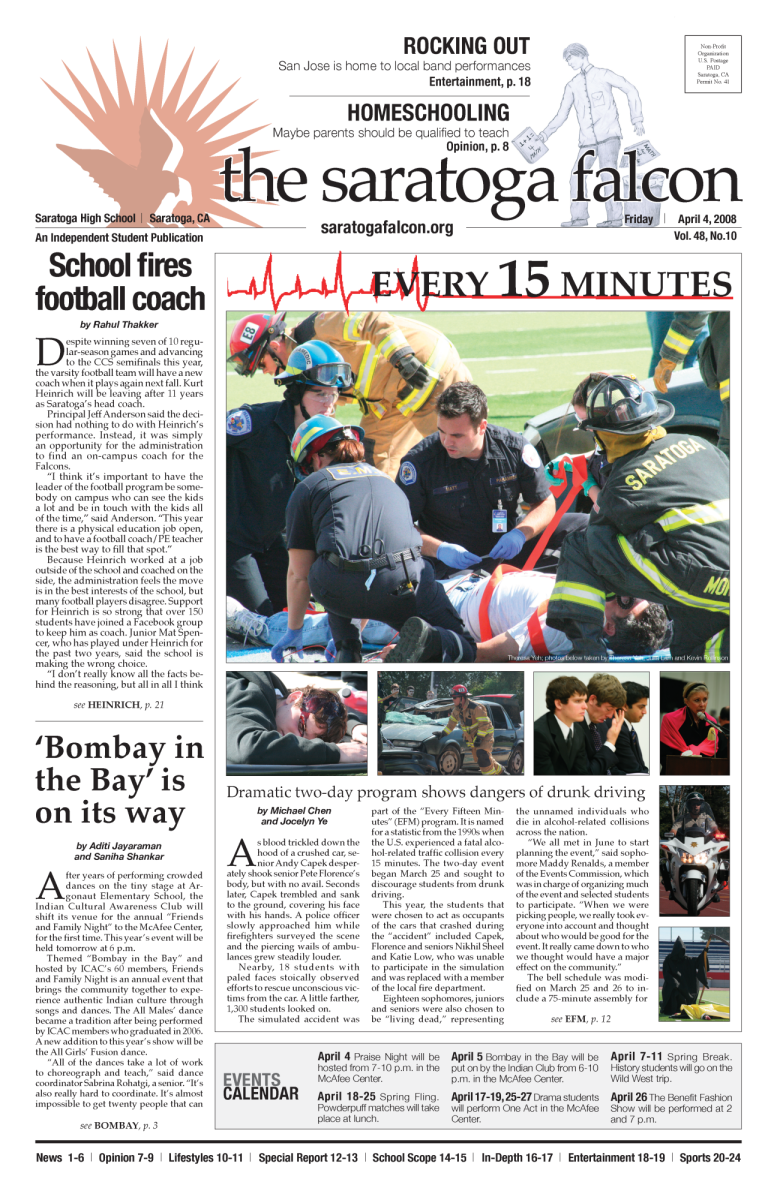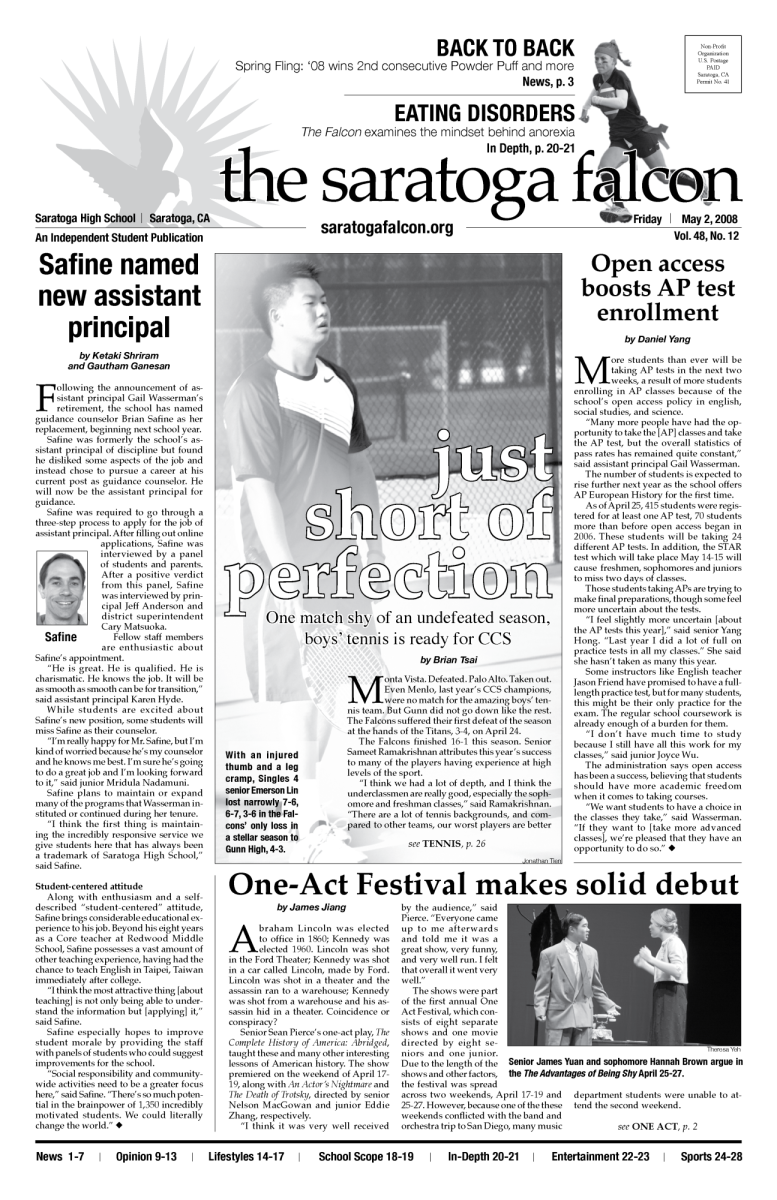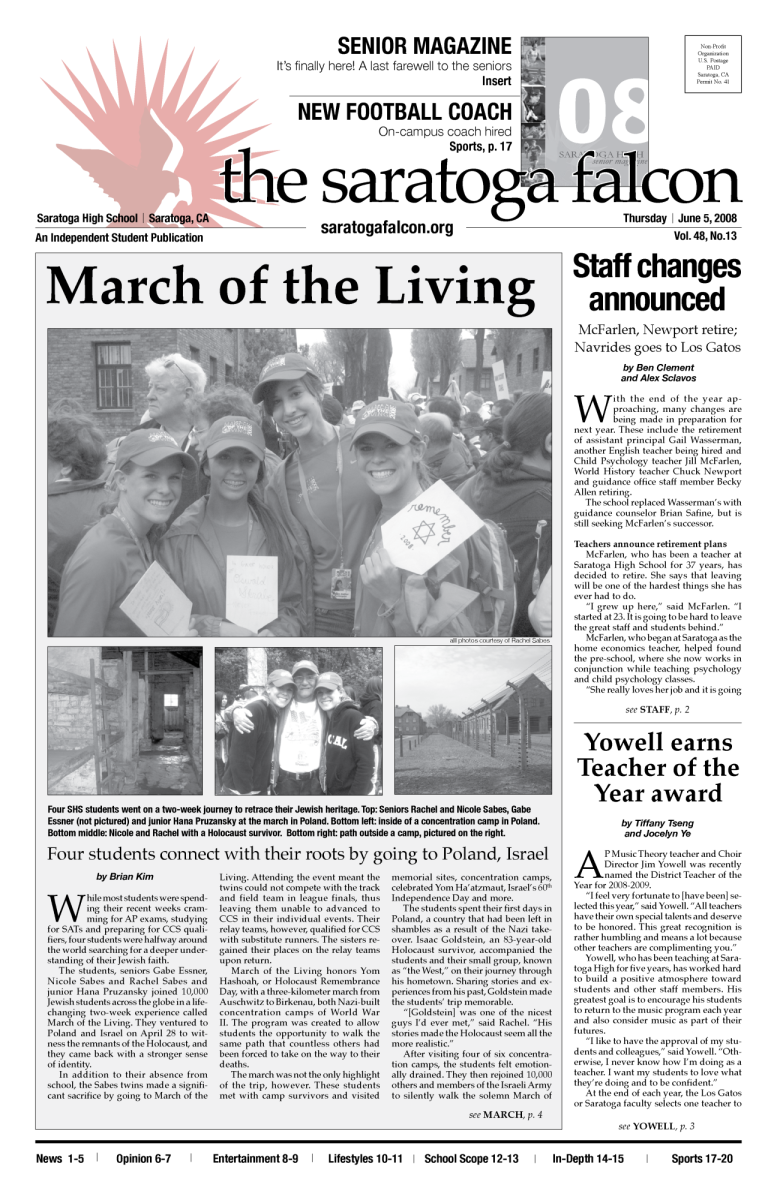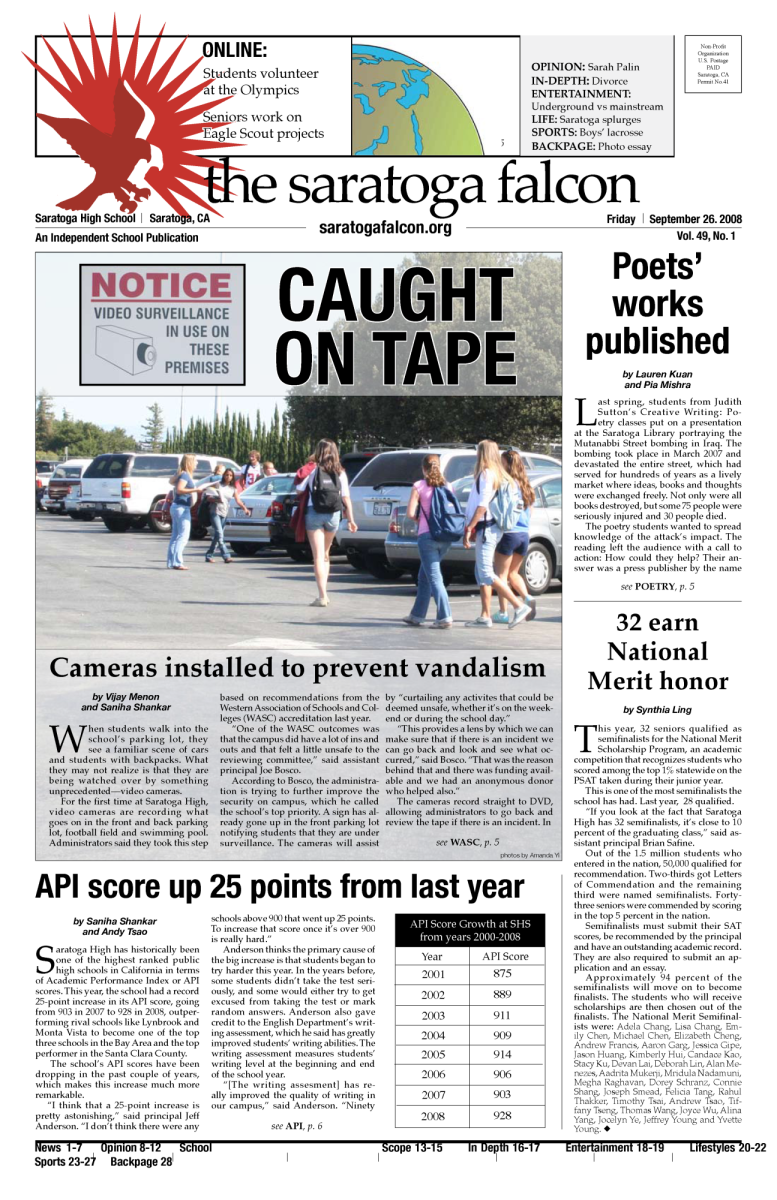Tucked away in the corner of campus behind the office and by the parking lot adjacent to Saratoga Sunnyvale Road are three portables that serve important roles in supporting student health and providing academic and personal assistance. While hidden from most of the main campus, many students rely on the services provided by the programs which reside there: CASSY, the Teaching and Learning Center (TLC) and ASSIST.
When the new Student Wellness Center in the 800 building is completed later in the semester, CASSY will move to the center of campus, according to assistant principal Kerry Mohnike. The Wellness Center will also include room for student leadership like ASB and an area for staff.
Then, the two school psychologists currently in the office, Michael Slone and Darlene Norman, will occupy the vacant portable.
The psychologists assist students with Individual Education Plans and facilitate Student Study Team meetings, which help generate strategies to maximize each individual’s learning.
“They each deal with confidential material and do a lot of testing,” Mohnike said. “They need a space that is a little more private to do all of that work.”
She said that although working in the main office did not pose any problems, the administration felt that the portables would be more conducive to their work. In addition, the speech therapist, Ronda Vierra, who provides speech and language support, may also occupy the portable.
Administrators hope to maximize the available space, as there is not a lot of available real estate on campus. They looked at the school’s needs and what various programs required in terms of location.
While CASSY’s current location has the benefit of privacy, the administration hopes that moving it to a central location will encourage more students to go there.
Many students rely on CASSY therapists to process challenging situations and talk about their feelings. The therapists provide emotional support and teach coping strategies that students can take into their daily lives.
“We have a lot of students that use CASSY services,” Mohnike said. “This will make them hopefully feel like it’s nothing to be afraid of or ashamed of. It’s something that all of us can take access of and benefit from.”
Mohnike said she hopes the center will be more like a “hub and not something that’s isolated to a specific program.” There will be a mix of people coming in and out, including people seeking a place to simply relax or receive support.
The administration is hoping to normalize the idea that everyone needs help and support sometimes, Mohnike said, noting that “everyone needs a break now and then” and that with the move, CASSY will hopefully become more accessible to the student body.
“It’s yet to be seen how much that 800 hub is going to make a difference,” she said. “I think it’s going to be super successful.”
CASSY counselor Kaitlin Eastland said that some students may feel more self-conscious coming to CASSY when it is in the middle of campus; however, there will be multiple entrances to the program so students will not have to walk straight through the Student Center.
“Our hope is that [the new location] messages ‘hey this is not just for people who are suffering from depression and it doesn’t have to be something major that you’re struggling with. You can come in here and get support,’” Eastland said.
The other two portables currently accommodate the TLC and ASSIST, which is a student support program that allows students to either stay in the center and conduct their learning through the teacher (Megan Hunt), through online courses or through a combination of ASSIST and main campus classes.
Mohnike said that the isolated location benefits both the TLC students, as it gives them a quiet place to take tests, and ASSIST students, for it lets them access the main campus only when they feel they can and be easily dropped off or picked up.
According to Mohnike, the portables were brought in 2013 or 2014, when the former H wings, which housed the three support programs along with the psychology and home economics classrooms, got demolished to make space for the new music building (the current Media Arts Program Annex).
Before that, the H wing housed the Child Development Program, a daycare facility that managed a preschool.
The portables were manufactured by a Enviroplex in Stockton, Calif., and then installed onto laid foundations.
“We needed a place to house [CASSY, TLC, and ASSIST],” Mohnike said. “The portables were built out of necessity. We knew what we needed before we brought them in.”
The school purchased the portables as they were less costly than constructing new buildings.
“I think that we’ve done a really nice job making it a comfortable, warm, cozy space,” Eastland said. “I really like the portables.”
Although the portables will remain tucked out of sight from the quad and most of the classrooms, they will continue to benefit students and the school.
“They’re still going to be a vital part of the campus,” Mohnike said. “It’s always going to be important to have that space.”




























